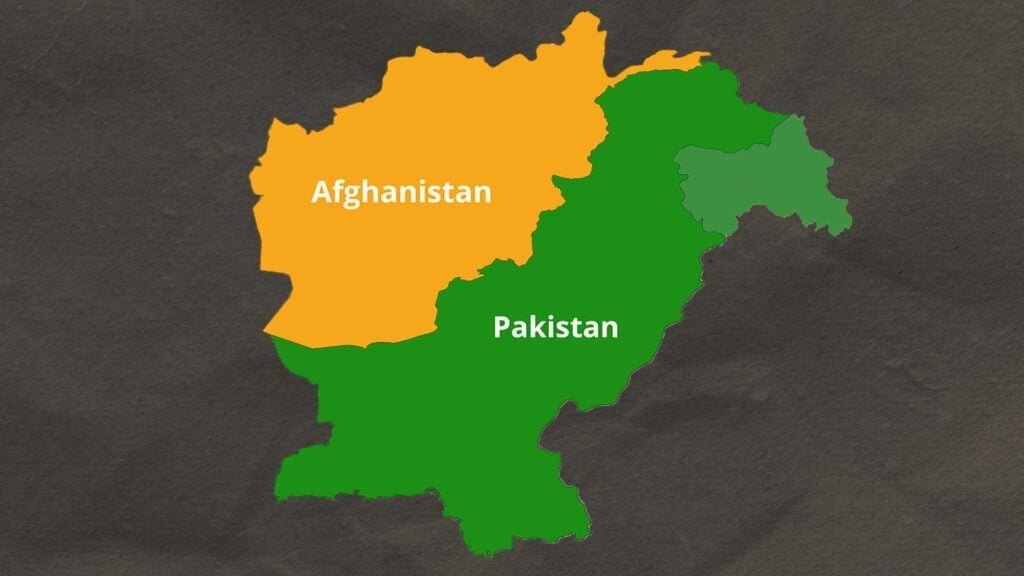The United Nations has issued a stark warning about the rising debt crisis engulfing developing countries, with debt service payments jumping by $74 billion in 2024 alone. According to the latest UN report, “Confronting the Debt Crisis: 11 Actions to Unlock Sustainable Financing,” these payments surged from $847 billion to a staggering $921 billion within a year. Even more alarming, the report states that two-thirds of all low-income countries are either already in debt distress or face a high risk of falling into it.
The report was launched in New York by UN Deputy Secretary-General Amina Mohammed, who emphasized that while borrowing remains essential for development, it is no longer delivering positive outcomes for many struggling economies. “Over two-thirds of our low-income countries are either in debt distress or at high risk of it,” she stated, calling the situation a “silent crisis” that threatens to derail progress on global development.
Joining Mohammed at the report’s launch were economic experts Mahmoud Mohieldin and Paolo Gentiloni, along with Rebeca Grynspan, the head of the UN Conference on Trade and Development (UNCTAD). Grynspan echoed the concern, warning that the crisis is not only serious but accelerating rapidly. The report reveals that more than 3.4 billion people now live in countries where governments spend more on interest payments than on critical sectors like health and education — an increase of 100 million people compared to the previous year.
The root cause, explained Gentiloni, lies in the ballooning cost of debt servicing. “Practically, the debt servicing costs have doubled over the last 10 years,” he noted, underscoring the growing financial pressure on already fragile economies. The report also ties into the upcoming Fourth International Conference on Financing for Development in Sevilla, Spain, where global leaders are expected to debate the way forward.
Prepared by the UN Secretary-General’s Expert Group on Debt, the report proposes a concrete action plan consisting of 11 technically viable and politically realistic steps. These steps are grouped into two overarching objectives: offering meaningful debt relief and ensuring mechanisms to prevent future debt crises.
Mohieldin laid out the proposed three-tiered approach to debt reform. At the multilateral level, the report recommends repurposing and replenishing international funds to inject liquidity into financially constrained economies. At the international level, it calls for the creation of a formal platform where borrower nations and creditor institutions can engage directly and transparently. And at the national level, the report emphasizes the importance of building institutional capacity, improving policy coordination, managing interest rate exposure, and strengthening risk management frameworks.
“These are not utopian ideals,” stressed Grynspan. “These are 11 actionable proposals that simply require political will to be implemented.”
As the world marks a decade since adopting the Sustainable Development Goals (SDGs), the report serves as a sobering reminder that without urgent financial reform, the prospects for eradicating poverty, improving healthcare, and tackling climate change remain at serious risk. The UN now urges global cooperation and swift action to prevent the debt crisis from becoming a global development catastrophe.















